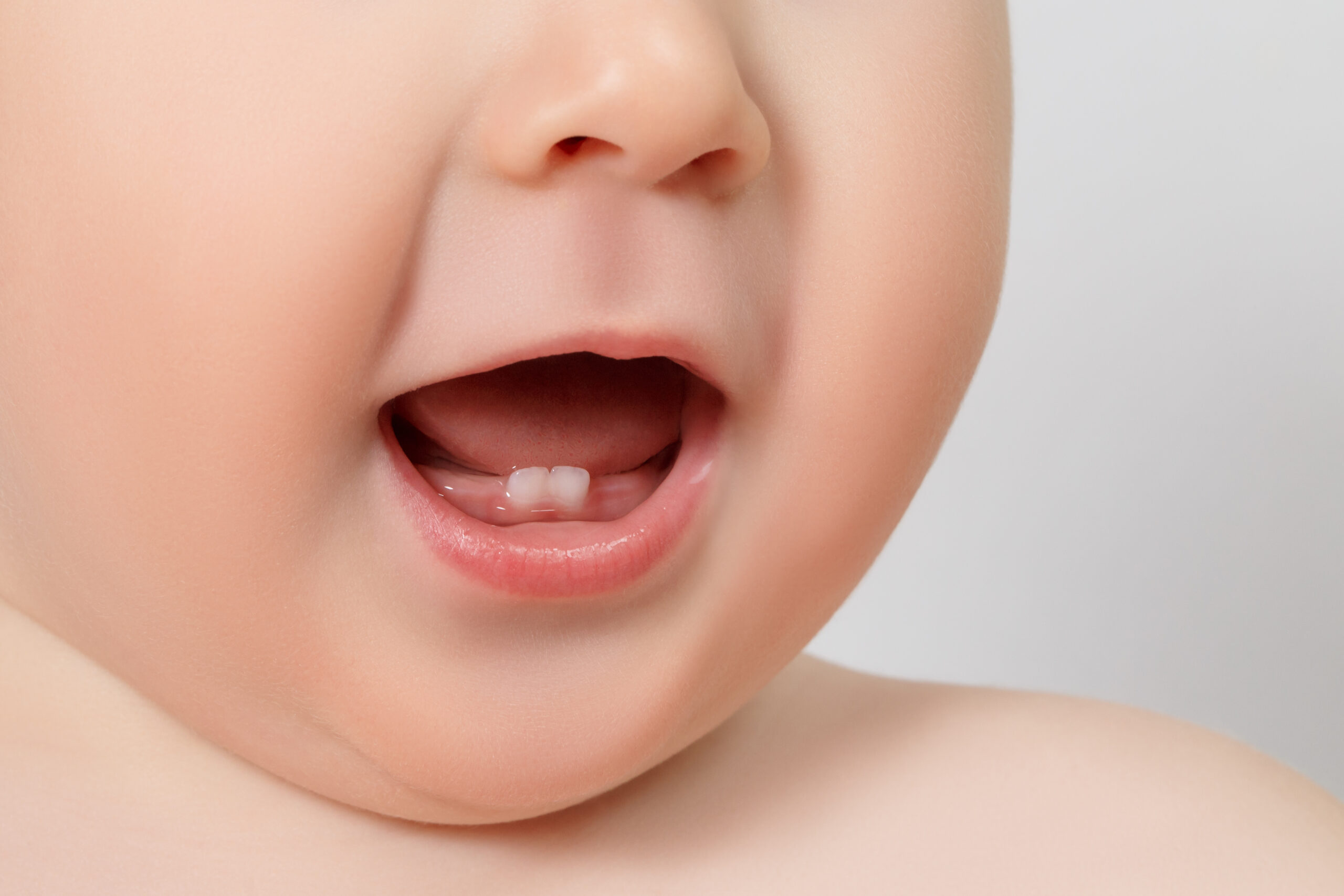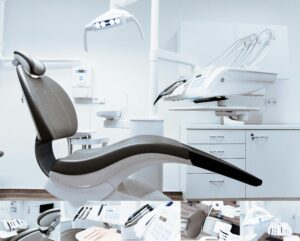Have you ever wondered about the human teeth count? How many teeth do we have, and why do we have that specific number?
This article will delve into the fascinating world of dental anatomy. We’ll explore the number of teeth humans have at different stages of life.
We start with baby teeth, also known as primary or deciduous teeth. Then, we’ll transition to adult teeth, the permanent set designed to last a lifetime.
We’ll also discuss the types of teeth and their functions. From incisors to molars, each tooth plays a crucial role in our daily lives.
Understanding Human Teeth Count
The human teeth count evolves throughout our life. We start with a set of baby teeth, which eventually are replaced by adult teeth.
Baby teeth begin to emerge around six months of age. By age three, most children have their full set of 20 baby teeth.
These baby teeth are important placeholders for the future set of adult teeth. Their role extends beyond mere chewing.
As children grow, these teeth fall out, allowing adult teeth to take their place. This transition typically begins around age six.
Ultimately, an adult typically boasts a full complement of 32 teeth, including four wisdom teeth. This complete set provides the necessary durability and function for a lifetime.
The Role of Genetics in Tooth Development
Genetics significantly influences our dental makeup. They determine the number of teeth we develop and their arrangement.
Variations in genetic code can lead to conditions such as supernumerary teeth or hypodontia. These conditions alter the human teeth count, making it unique for each individual.
Even within families, children may experience different dental patterns. This diversity underscores the strong genetic role in tooth development.
Baby Teeth: The First Set
Baby teeth, or primary teeth, begin to form before birth. They play a crucial role in a child’s early development.
Typically, these teeth emerge as follows:
- Four incisors first, appearing from six to 12 months.
- Canines appear between 16 to 22 months.
- Molars emerge last, completing the set by around 30 months.
While small, baby teeth are crucial for speech, chewing, and maintaining space for adult teeth.
They aid in proper nutrition by allowing children to chew a diverse range of foods. Baby teeth also play a role in speech development. Proper alignment aids in clear pronunciation as kids learn to talk.
Why Baby Teeth Matter
Baby teeth guide the eruption of adult teeth. When they are lost prematurely, it can disrupt this natural order.
Proper care of baby teeth is essential. Neglect can result in cavities, affecting not only the baby teeth themselves but also the forthcoming adult teeth.
Transition to Adult Teeth
Around age six, the transition from baby to adult teeth begins. This period is marked by the gradual loss of baby teeth.
Permanent teeth gradually replace lost baby teeth. This natural progression is a significant event in childhood development.
Adult teeth are larger and sturdier compared to their baby counterparts. They are built to endure many years of wear and tear.
Usually, by the age of 12, most permanent teeth have emerged, though wisdom teeth may come later.
The Eruption of Permanent Teeth
The eruption of permanent teeth follows a consistent pattern. Usually, it starts with the incisors and first molars.
This pattern helps maintain a functional bite during the transition. By age 13, most children have 28 adult teeth.
Wisdom teeth, or third molars, may appear between ages 17 and 25. However, not everyone develops these teeth.
Types of Teeth and Their Functions
Human teeth are uniquely adapted for different roles. Each type contributes to our ability to eat and speak effectively.
The human mouth houses four main types of teeth, each with a distinct function. This diversity allows us to chew food thoroughly and clearly pronounce words.
Here’s a quick look at the types and their roles:
- Incisors: Sharp teeth for cutting food.
- Canines: Pointed teeth for tearing.
- Premolars: Transitional teeth for chewing.
- Molars: Flat teeth for grinding food.
These teeth work together to ensure food is prepared for digestion. Proper functioning of each type is crucial for overall oral health. Without the coordinated effort of all types, eating becomes less efficient and less enjoyable.
The structural variety among the teeth ensures we can manage various textures and food types, supporting a balanced diet. Ensuring all teeth are well-maintained is vital for keeping this system in peak condition.
Incisors
Incisors are located at the front of your mouth. Each human has four upper and four lower incisors.
Their main role is to cut food into manageable pieces. Incisors also assist in forming certain sounds during speech.
Canines
Canines are situated next to the incisors. A total of four, they are unmistakably pointed and sharp.
These teeth are essential for tearing food. Canines also help guide the jaw into proper alignment during chewing.
Premolars
Premolars sit next to the canines. Adults have eight premolars, four on the top and four on the bottom.
They feature a flat surface with ridges to aid in crushing food. Premolars act as intermediaries between tearing canines and grinding molars.
Molars
Molars are larger with a flat top, perfect for grinding. Most adults have 8 molars, four on top and four on the bottom.
Their robust build allows them to process tough food. Molars work hardest and are vital for thorough digestion.
Wisdom Teeth: The Final Count
Wisdom teeth, or third molars, usually emerge last. They typically appear in late adolescence or early adulthood.
Many individuals face issues with space for these teeth, leading to their removal. Wisdom teeth can crowd other teeth if they emerge without sufficient room.
Though once useful for primitive diets, wisdom teeth often serve little modern purpose. Nonetheless, their presence completes the adult human teeth count.
Dental Anomalies and Variations
Not everyone has the same number of teeth. Some people experience dental anomalies that change their typical teeth count.
Genetics and environmental factors can influence these variations. Tooth anomalies can affect appearance, function, and dental health.
Dental professionals often identify these conditions during routine exams. Addressing anomalies promptly helps maintain oral health.
Supernumerary Teeth and Hypodontia
Supernumerary teeth are extra teeth that develop in addition to the standard count. These additional teeth can cause crowding and alignment issues.
On the flip side, hypodontia is the congenital absence of one or more teeth. This condition can impact both aesthetics and function.
Both conditions require early detection and possible intervention by a dentist. Timely treatment can prevent more complex issues later on.
Caring for Your Teeth at Every Stage
Taking care of your teeth starts early. The habits you develop have a lasting impact on dental health.
For children, this means learning to brush and floss daily. Early dental education helps prevent future problems.
Adults need more advanced care, such as regular cleanings and check-ups. As you age, maintaining your oral health becomes crucial.
No matter the stage, a good diet also plays a role. Healthy teeth depend on nutrients and avoiding harmful foods.
The Importance of Dental Hygiene
Dental hygiene is a cornerstone of oral health. Proper techniques help prevent cavities and gum disease.
Brushing twice daily with fluoride toothpaste is essential. Flossing removes food particles your toothbrush can’t reach.
Poor hygiene can lead to plaque buildup and other issues. Consistency is the key to a healthy smile.
Regular Dental Check-Ups
Regular dental check-ups can catch problems early. Early detection makes treatment more effective and less invasive.
Visiting your dentist every six months is recommended. Professional cleanings remove tartar that regular brushing might miss.
Check-ups also provide an opportunity for personalised advice. Your dentist can guide you on specific needs or concerns.
Common Questions About Human Teeth Count
Many people have questions about their teeth. Understanding the human teeth count can be confusing.
From the number of baby teeth to adult teeth, it’s important to know the facts. This helps with dental care and expectations.
Some wonder why they have fewer teeth than others. This can be due to dental anomalies or removed teeth, like wisdom teeth.
Below are answers to some common questions about human teeth count:
- How many baby teeth do children have? Children usually have 20 baby teeth.
- When do adult teeth begin to erupt? Around age six, adult teeth start replacing baby teeth.
- Why might an adult have fewer than 32 teeth? Wisdom teeth removal or non-eruption can result in fewer than 32 teeth.
Understanding human teeth count is essential for dental health. It empowers you to anticipate changes at each stage of life.
Ensure regular dental check-ups and practice good hygiene habits. This will help maintain a healthy set of teeth, whether baby or adult.
Take charge of your oral health today. Prioritise dental visits and keep informed about the needs of your teeth. This will lead to a brighter, healthier future.








